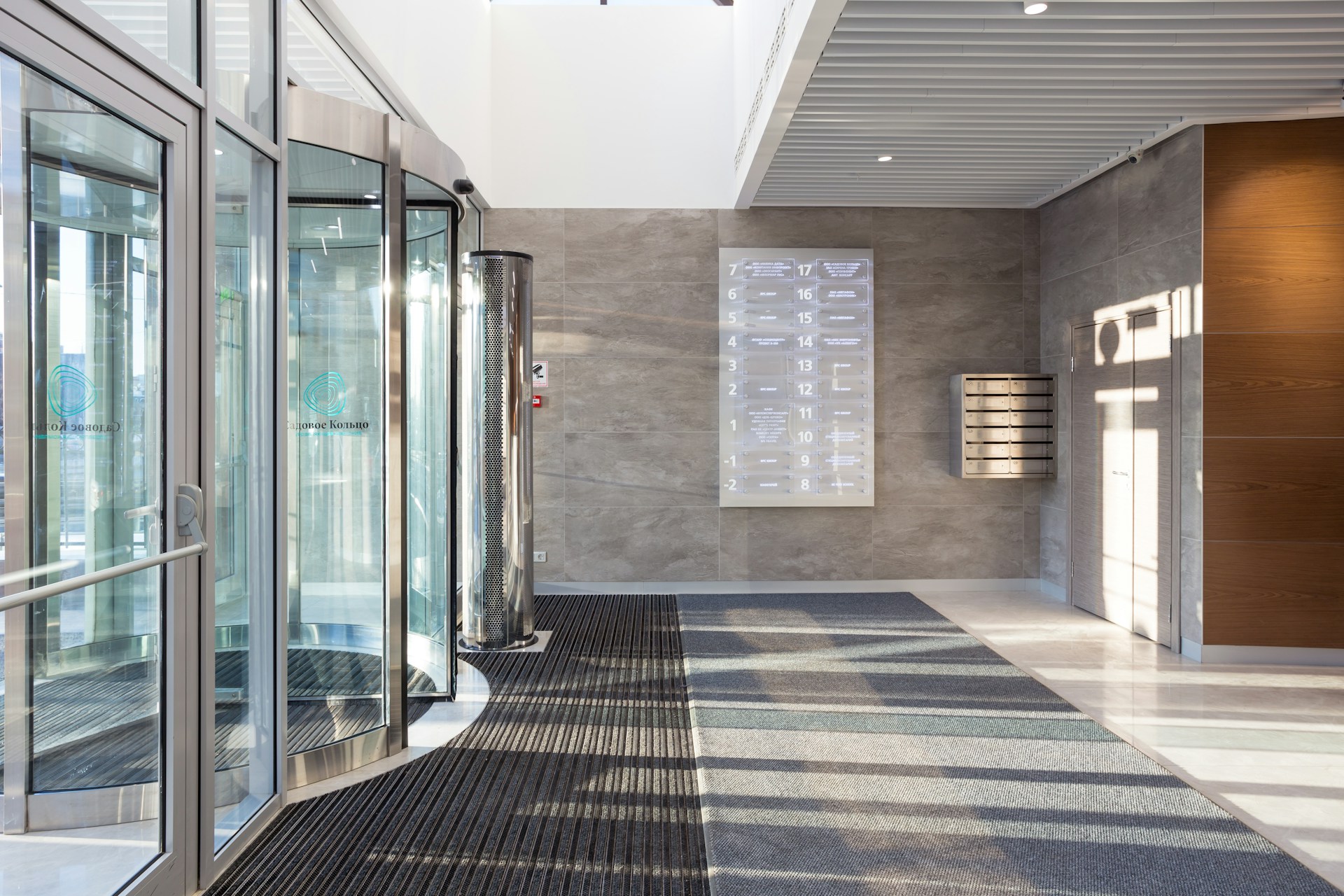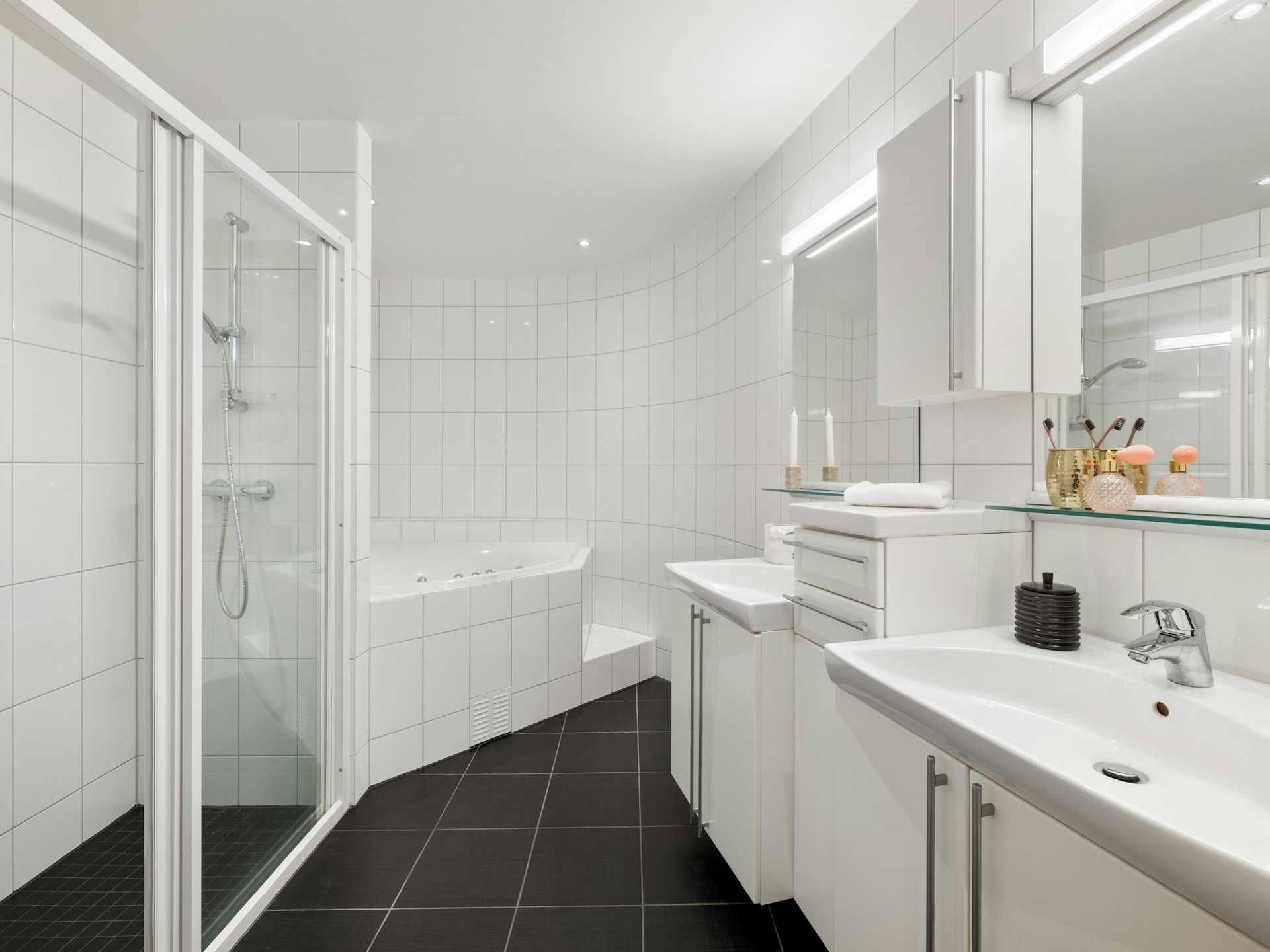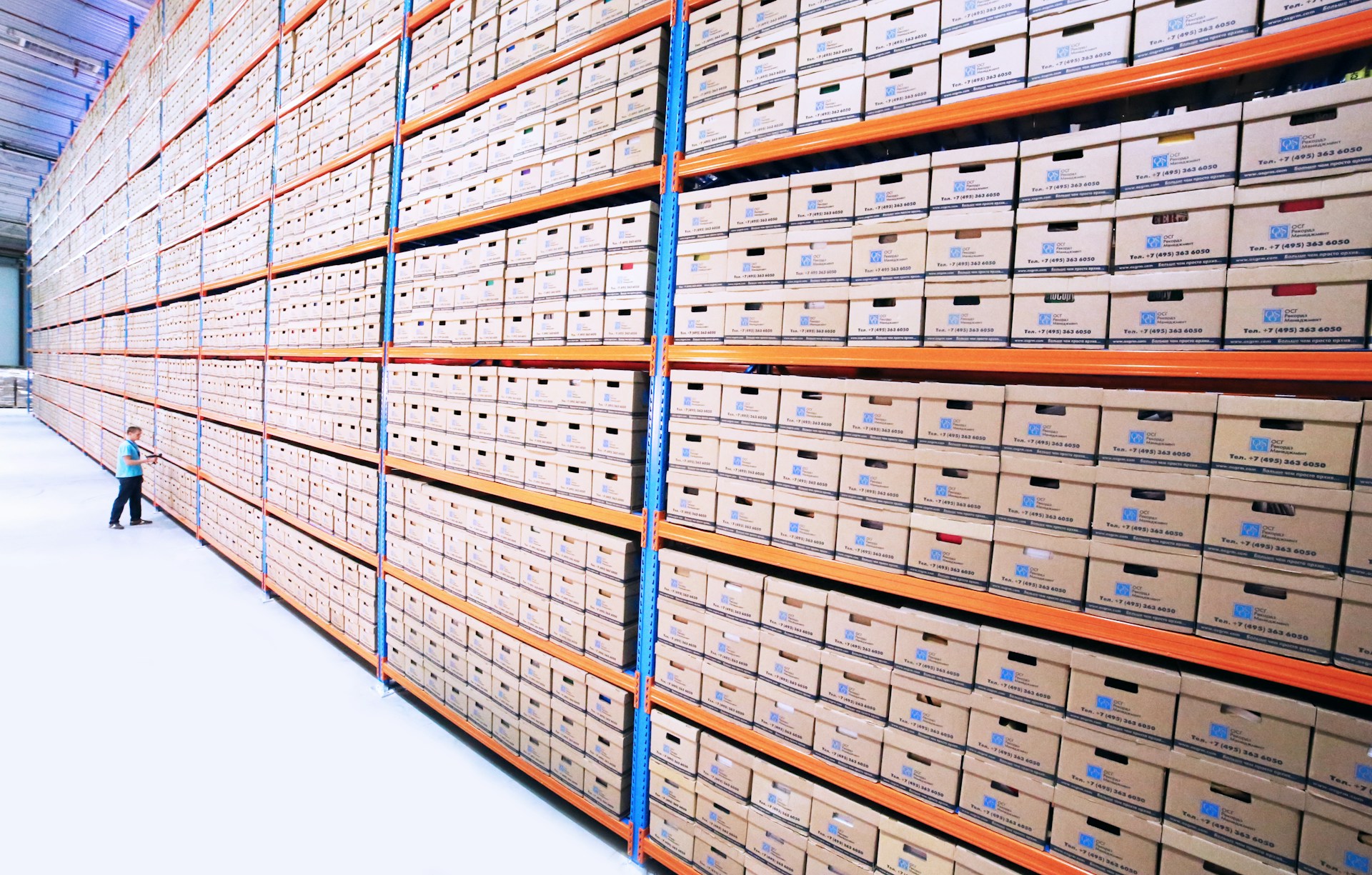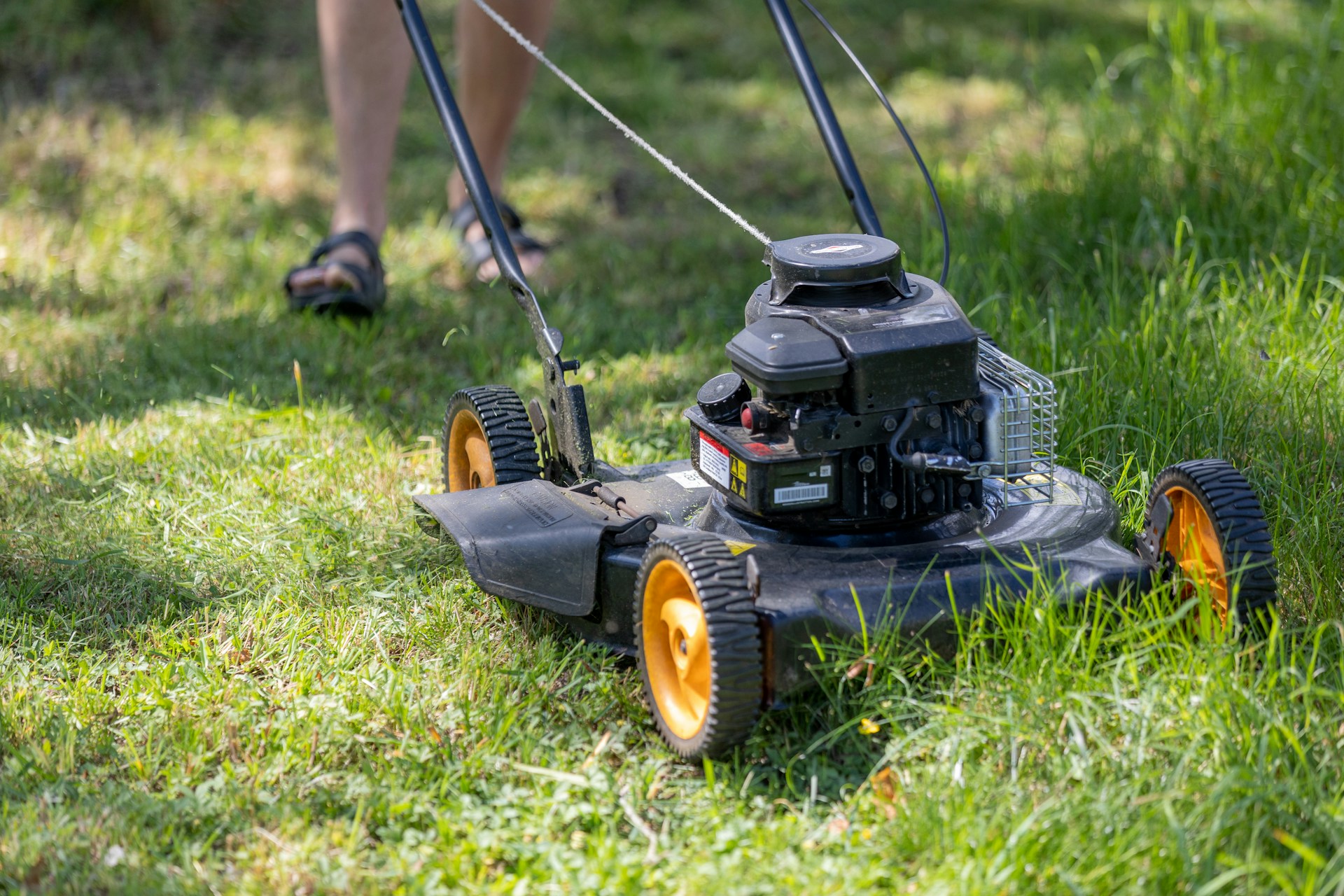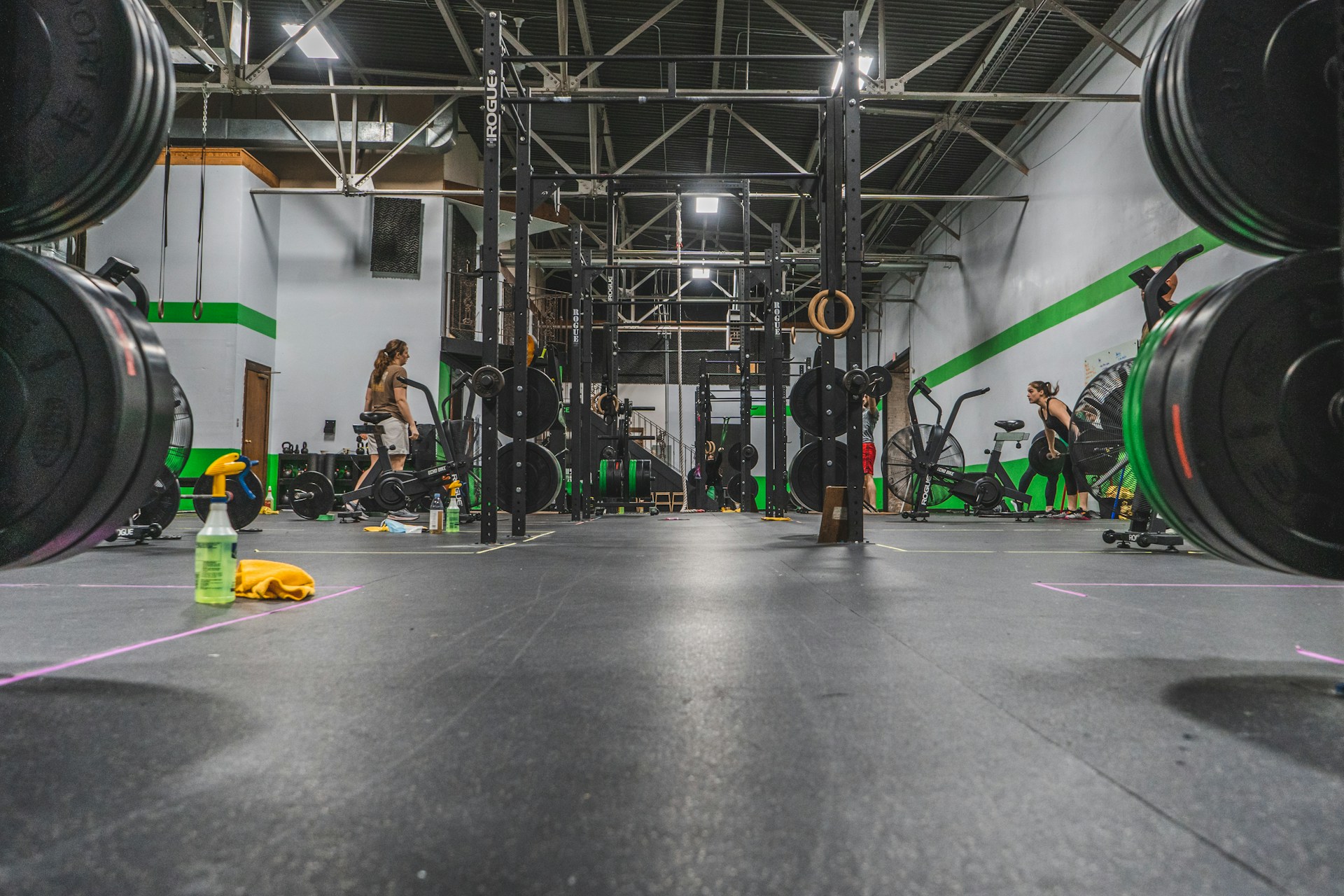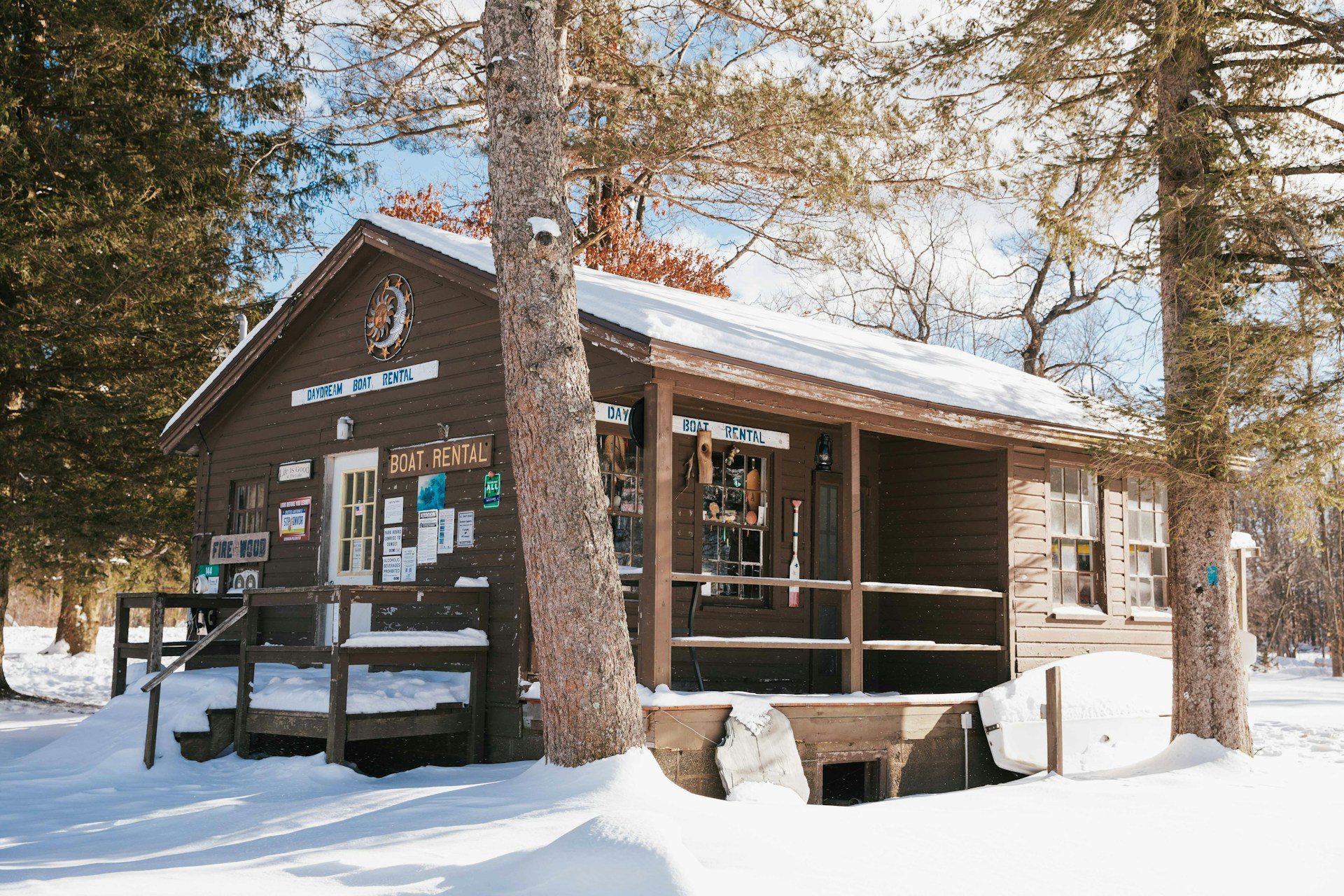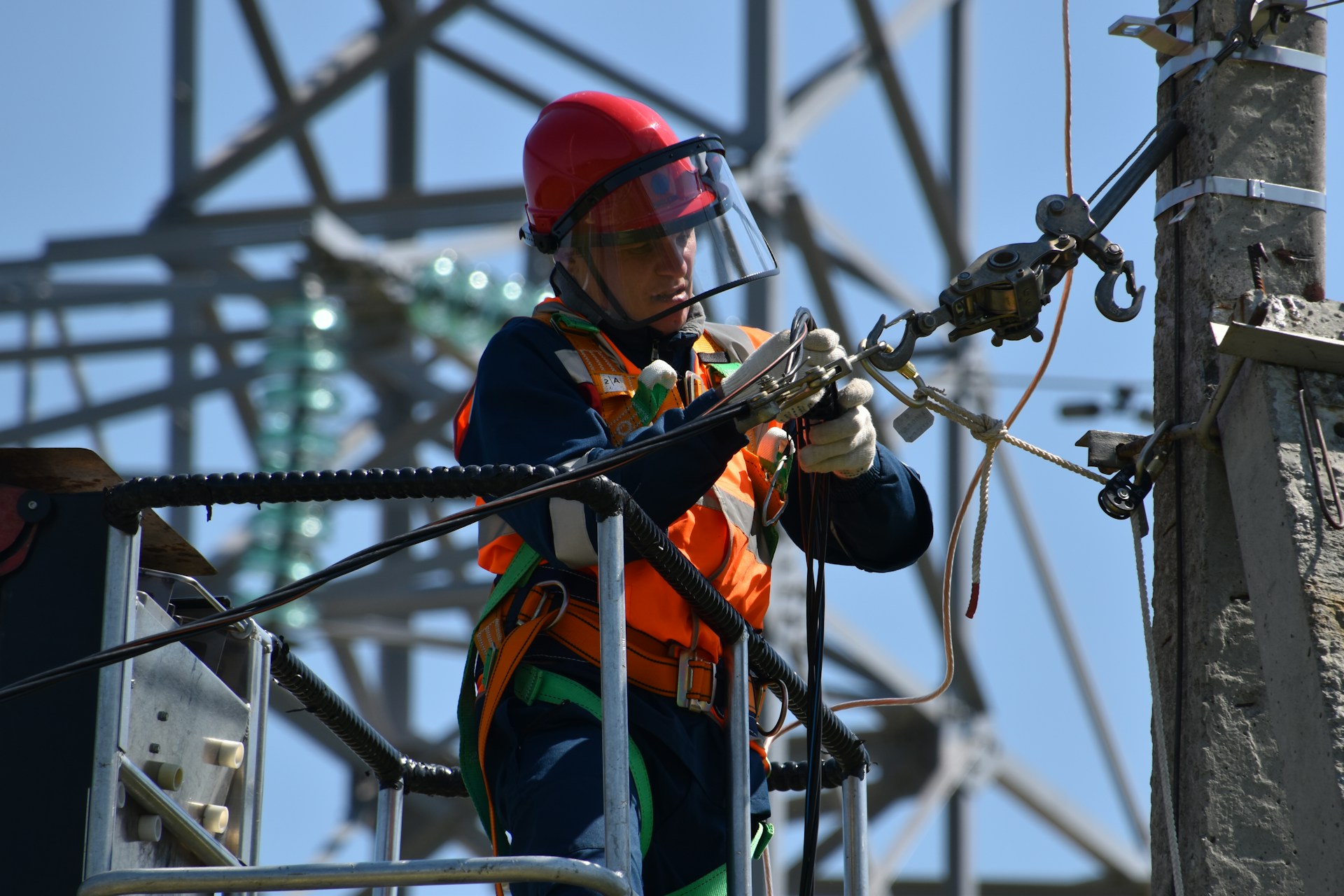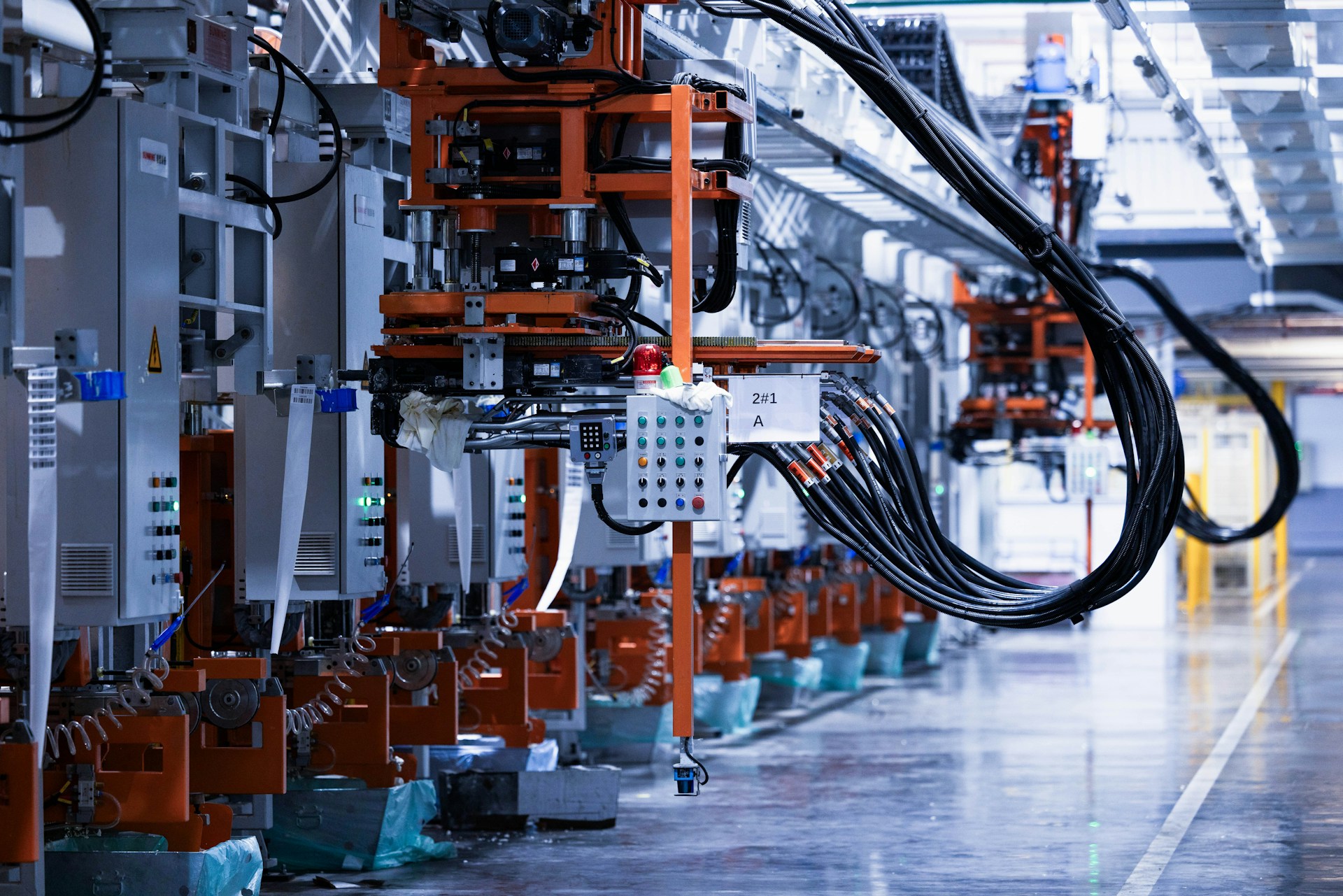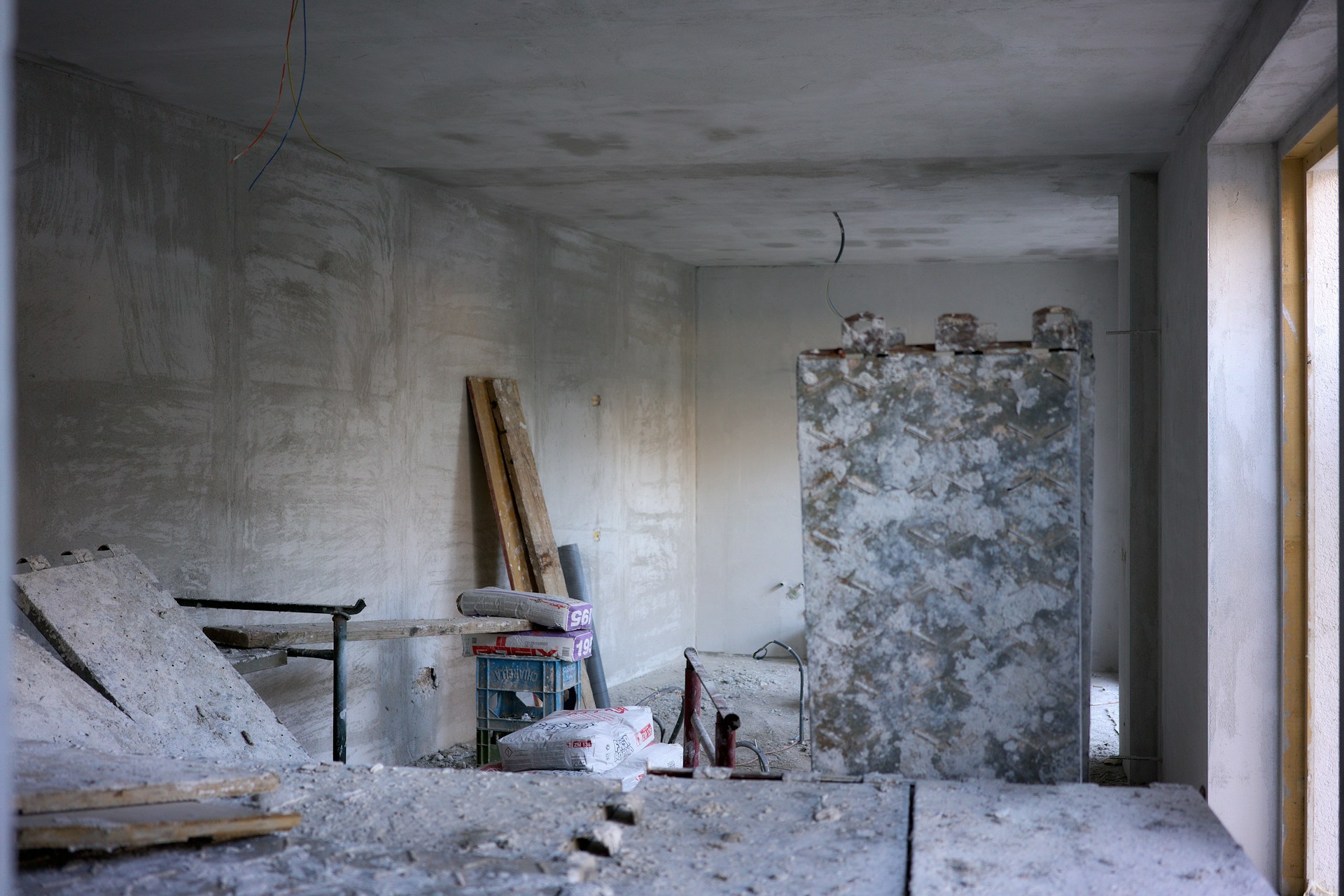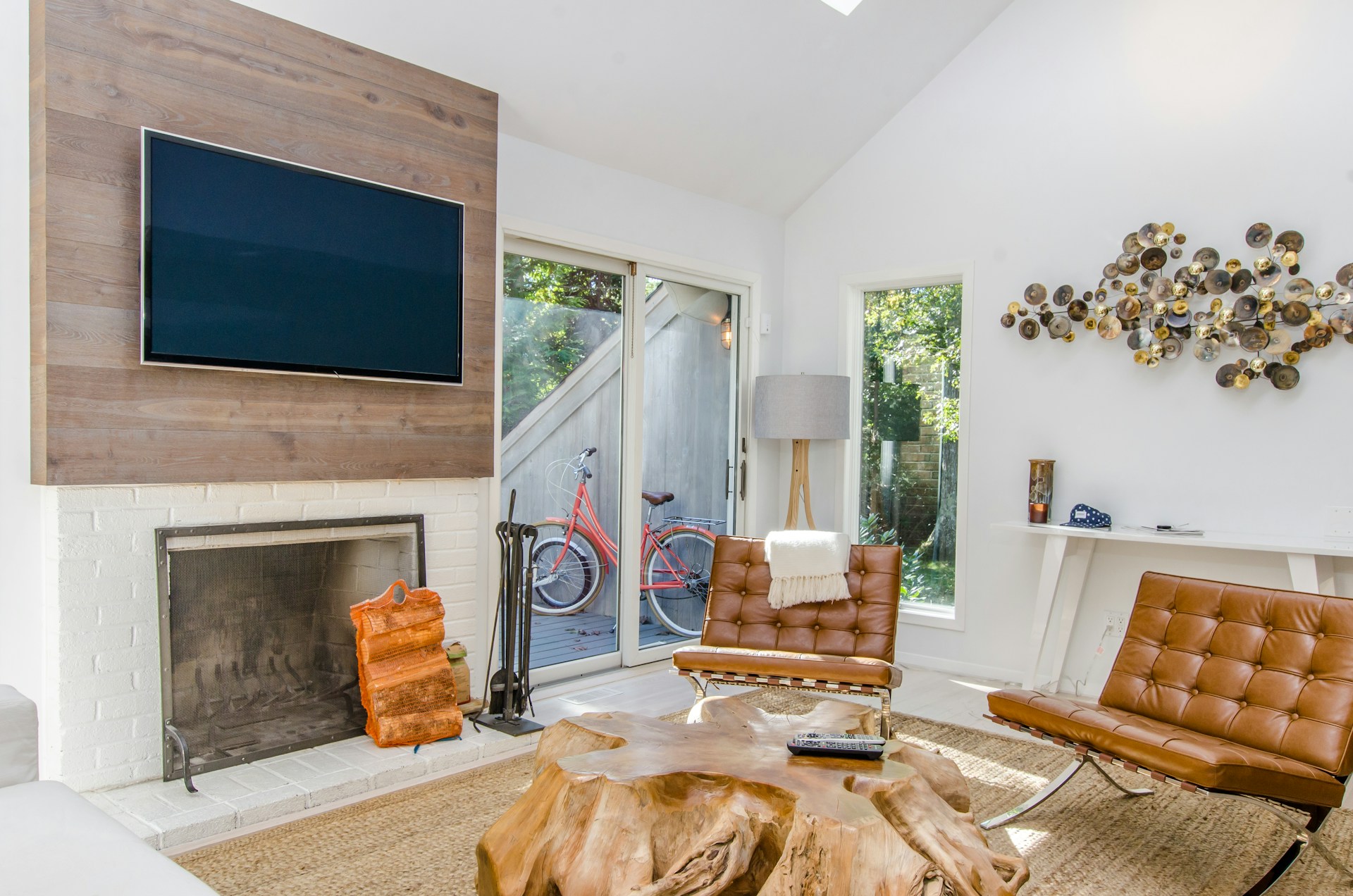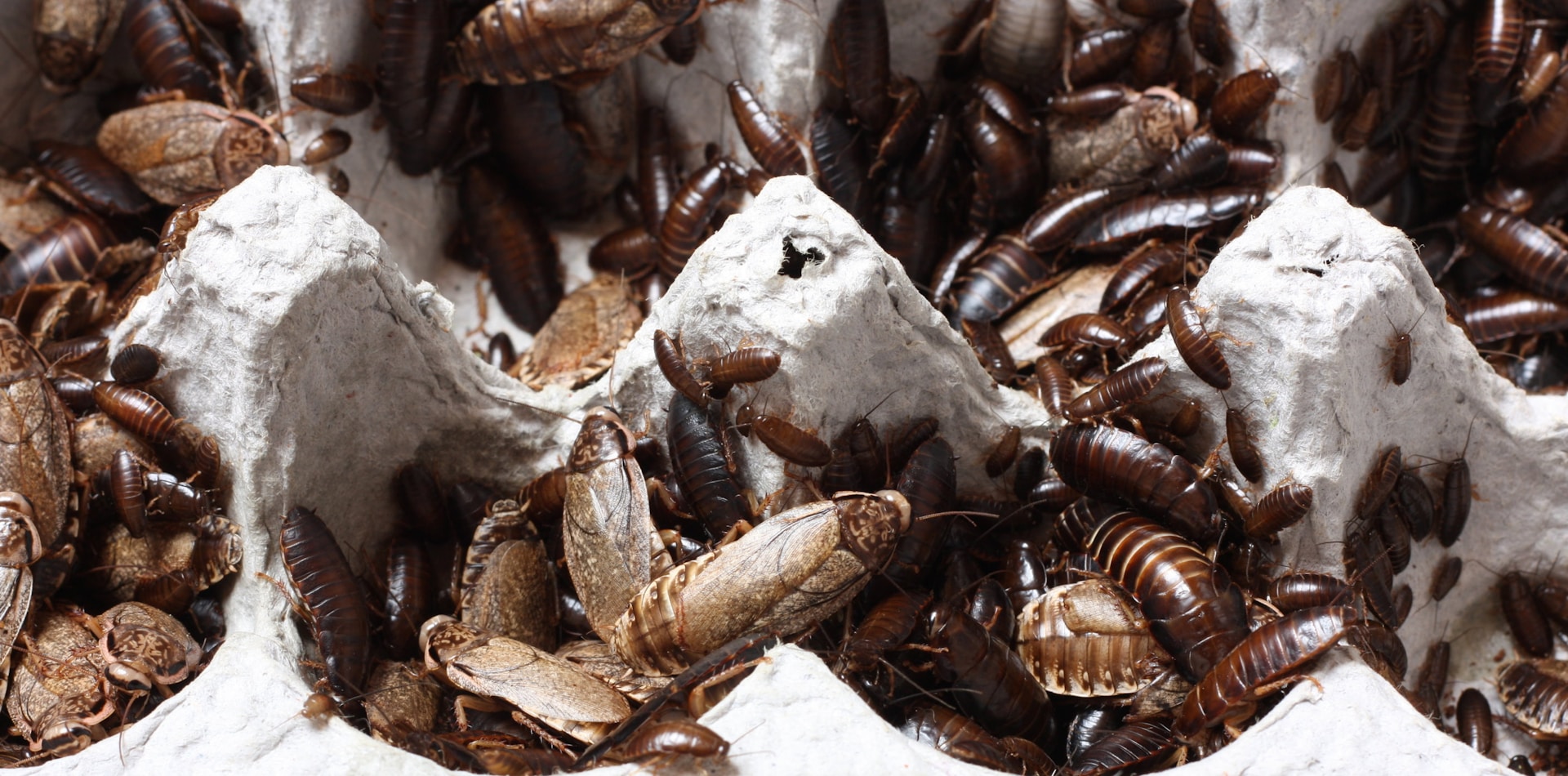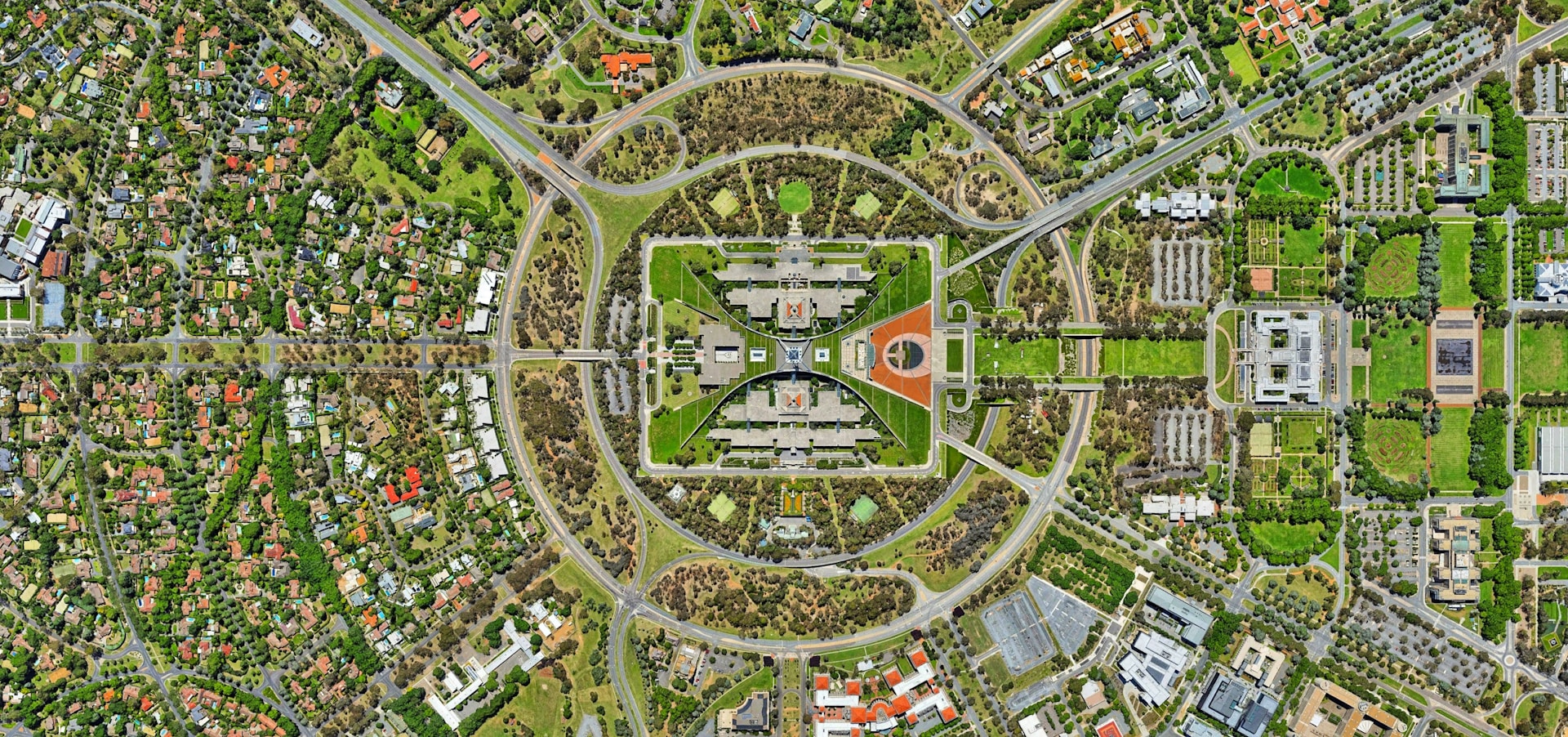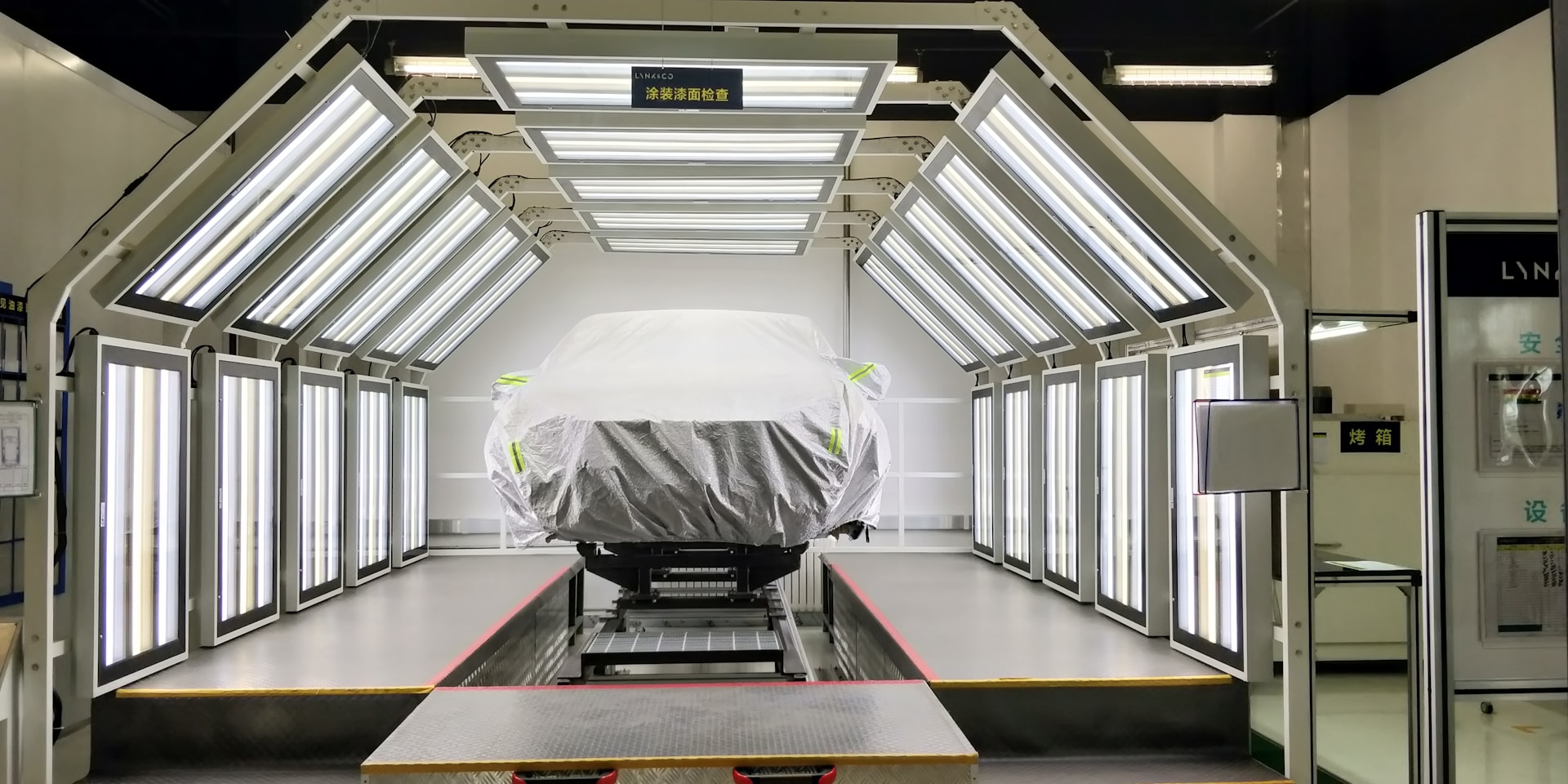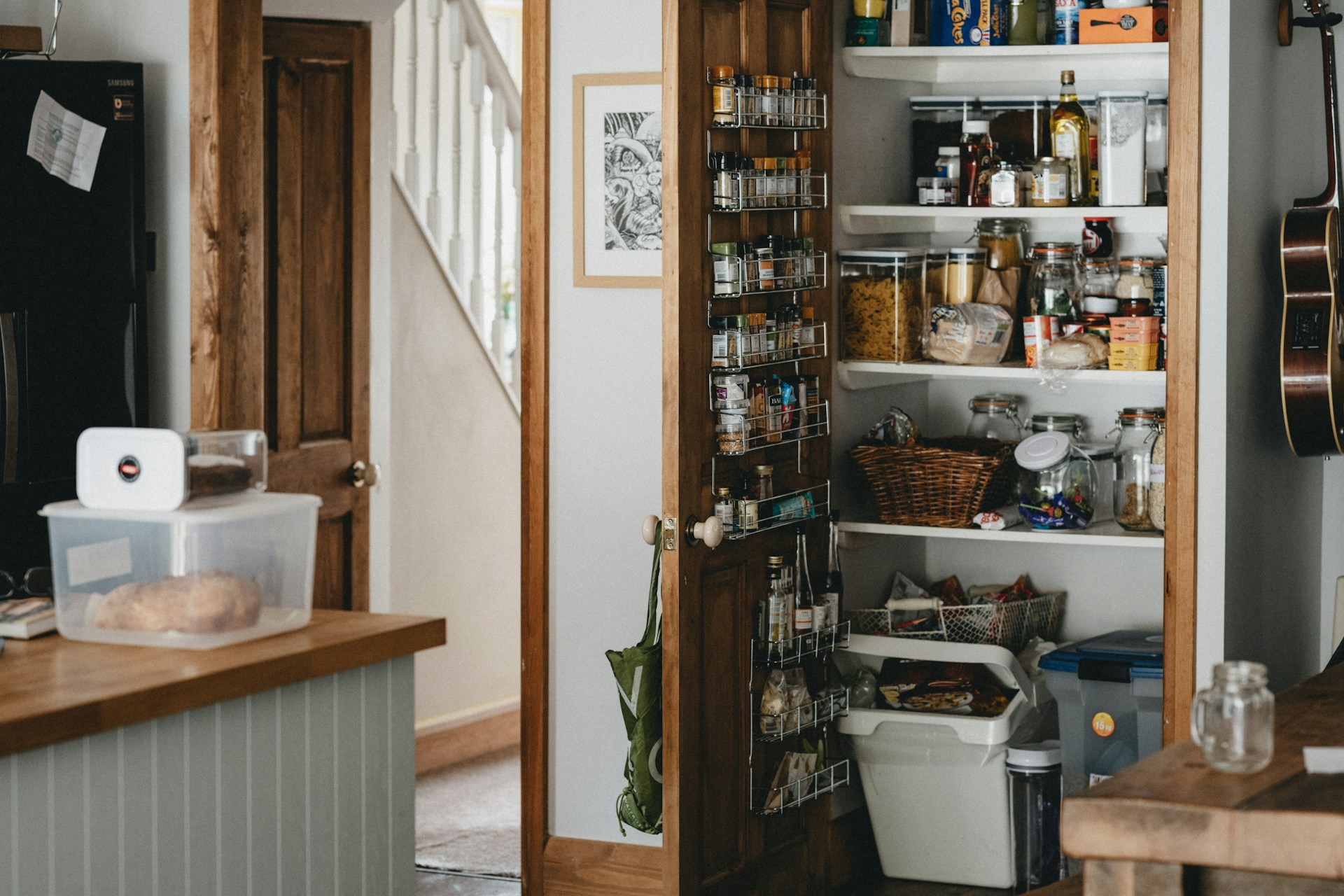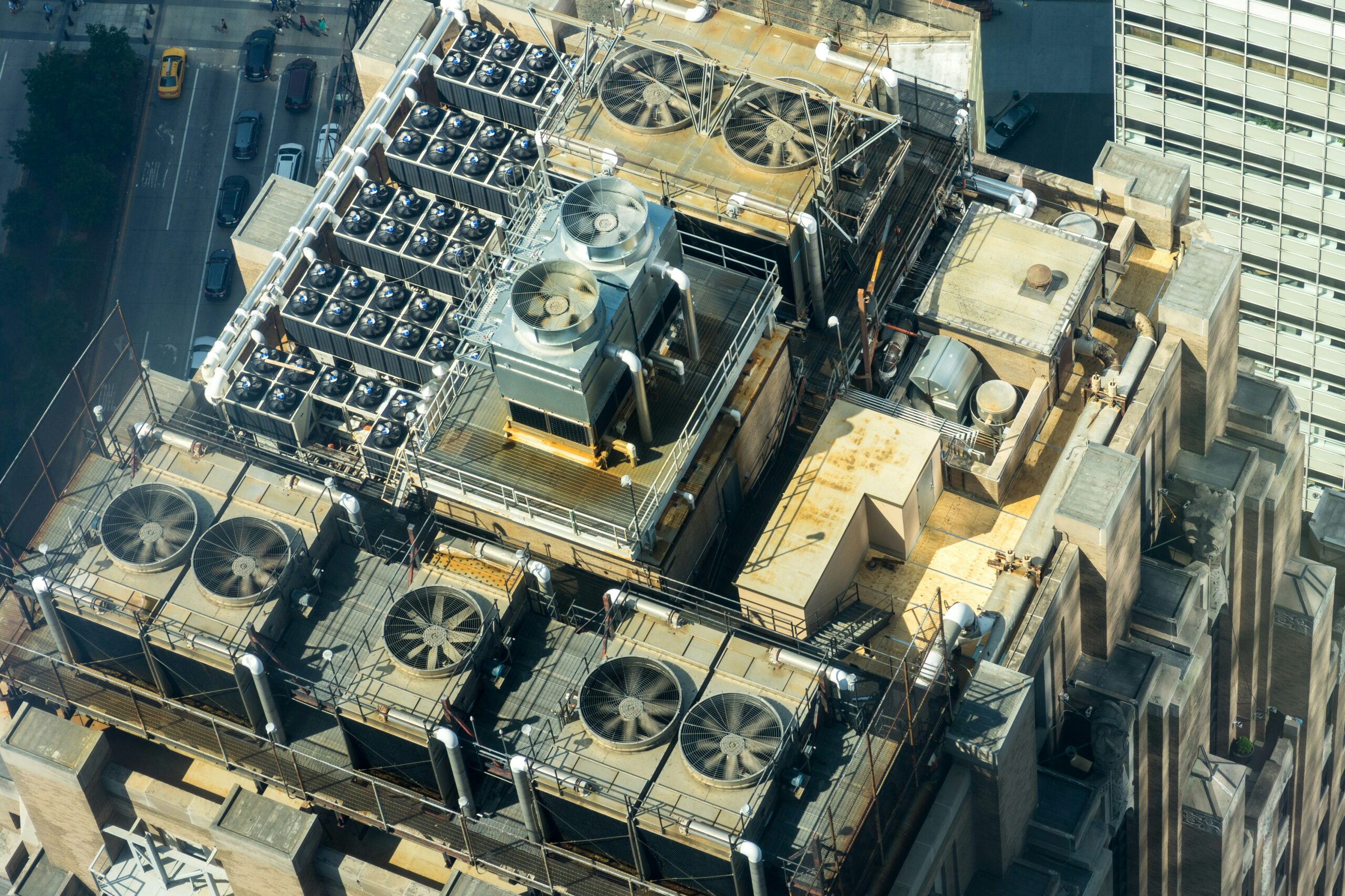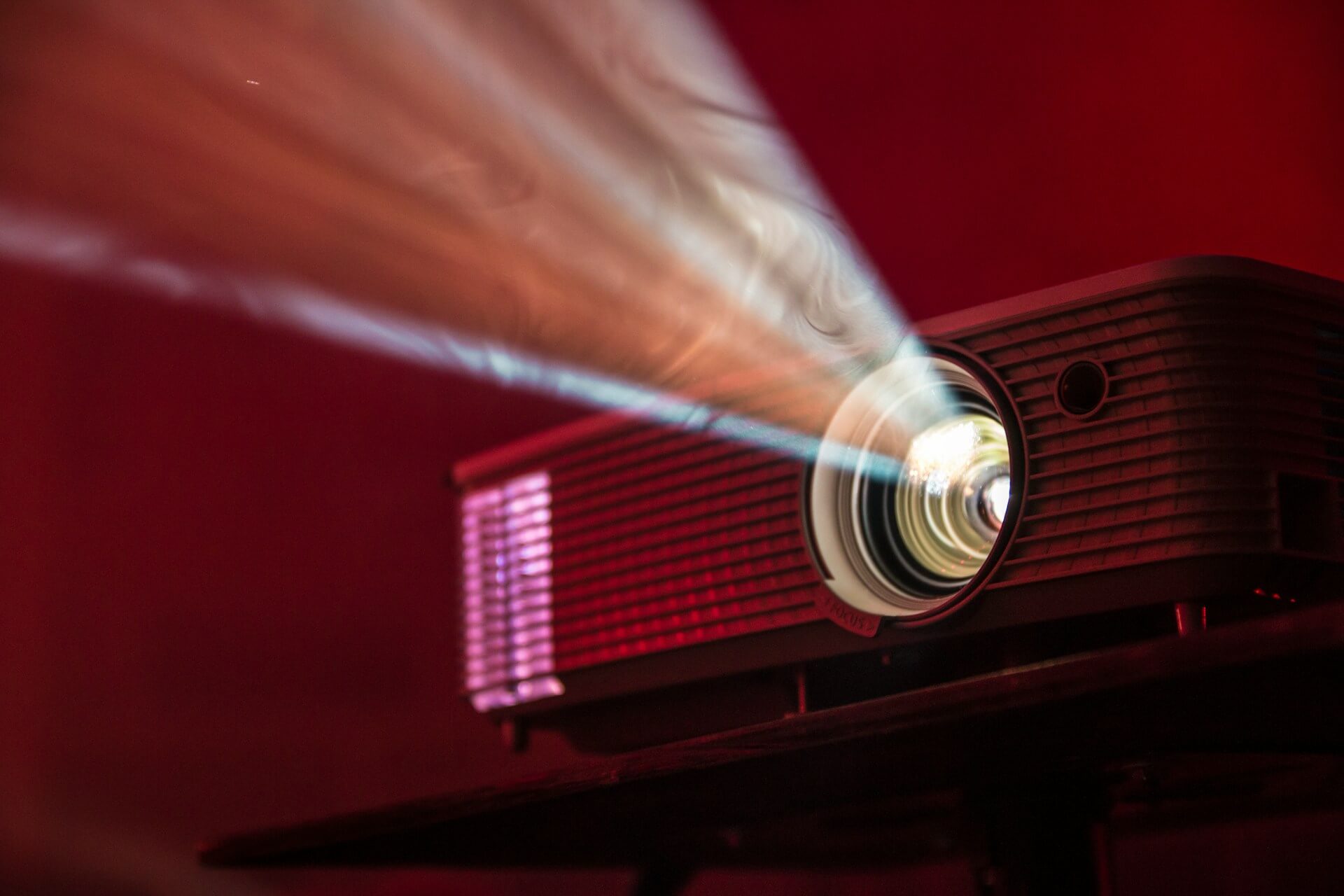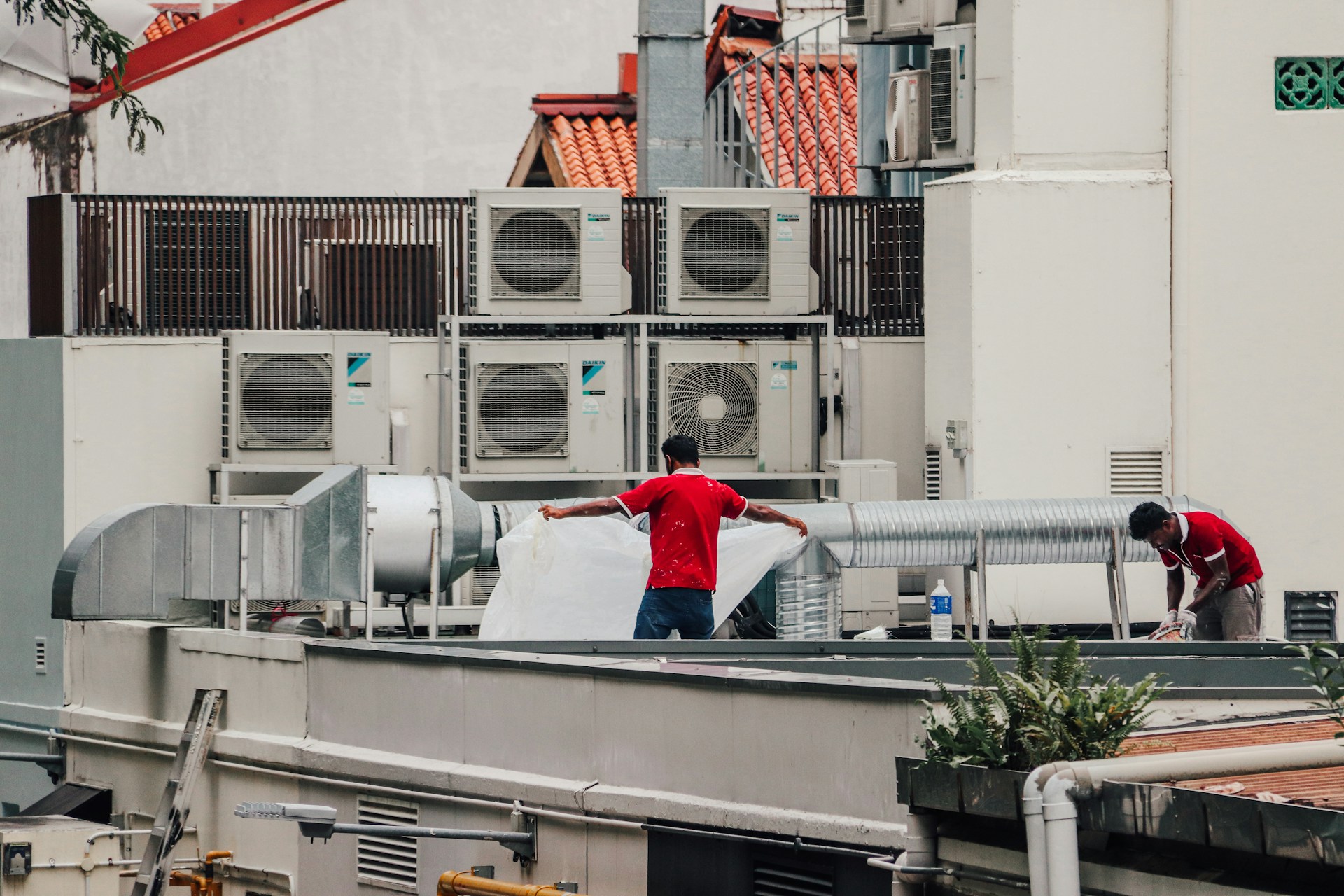
Heating and cooling systems are the backbone of home comfort, yet they’re often overlooked until a problem arises.
Whether you’re searching for advice on extending your system’s life or want to know if you need an upgrade, understanding when to replace your HVAC is crucial for health, comfort, and cost savings.
This guide highlights seven clear signs your HVAC system may be on its last legs, what you should look for, and actionable steps so you can plan your next move with confidence.
Readers will learn about tell-tale warnings, practical troubleshooting tips, and how MWS HVAC recommends evaluating energy efficiency, comfort, and cost. If you’re evaluating options for HVAC replacement, this post will give you the clarity you need to make an informed decision.
Noticeable Changes in Airflow and Comfort
Unexplained Temperature Fluctuations
If some rooms are freezing while others feel like a sauna, it might be your equipment, not just poor insulation. Over time, older systems lose their ability to distribute air evenly. This can mean inconsistent temperatures even when your thermostat seems to be set correctly.
Weak or No Airflow
Can’t feel much air coming from the vents? Weak airflow is more than just an annoyance. It may signal issues such as clogged ducts, failing blower motors, or an undersized unit struggling to keep up. If filter changes or repairs aren’t fixing the issue, a system upgrade could be in order.
Escalating Energy Bills Without Clear Cause
Sudden Spikes in Energy Use
Your heating and cooling costs should stay relatively consistent year-over-year, aside from dramatic weather changes. If you notice rising bills during similar usage periods, your HVAC system might be working overtime to compensate for worn parts or declining efficiency.
Outdated Technology Impacts Operating Costs
Modern systems, like those installed by MWS HVAC, use variable-speed technology and high-efficiency components. If your current unit is more than 10-15 years old, it’s likely consuming more energy than necessary. Replacing it could mean dramatic monthly savings.
Strange Sounds and Persistent Odors
Banging, Clanking, or Squealing
All HVAC systems generate some noise, but if you hear persistent banging, grinding, or high-pitched squeals, pay attention. These sounds often indicate significant mechanical problems. Left unchecked, they can result in system damage that goes beyond basic repair.
Musty or Burning Smells
A musty odor may indicate mold in your ductwork or system, while burning smells may point to electrical faults. Either situation is serious for the safety and comfort of your home. If these issues recur even after servicing, it’s time to consider HVAC replacement.
Ongoing Repairs and Poor Reliability
Increasing Frequency of Repairs
While simple repairs are part of HVAC maintenance, frequent breakdowns or recurring problems drain your wallet and energy. If you’ve made more than one major repair in the last 18 months, your system is likely approaching end-of-life.
Expensive Replacement Parts
For many older systems, replacement parts become harder to find and much more costly. At some point, putting money into temporary fixes becomes less financially sensible than investing in a new unit.
Poor Indoor Air Quality
Increased Dust or Humidity Levels
A properly functioning HVAC system helps filter and balance air in your home. Are you noticing more dust, persistent humidity, or fluctuating air quality? Your system may not be filtering allergens and moisture the way it should, contributing to unhealthy air and potential mold growth.
Aggravated Allergies or Unexplained Respiratory Issues
If you or your family members are experiencing allergies or asthma more frequently, poor air quality from an aging HVAC could be the culprit. Newer systems often include advanced filtration options that actively improve your living environment.
Aging System Nearing Its Expected Lifespan
The 10–15 Year Rule
Most heating and cooling units are designed to last around 10 to 15 years. If your system is approaching (or has passed) this window, start planning for a replacement. Even well-maintained systems will gradually lose efficiency and reliability as they age.
Manufacturing Date Check
Look for the manufacture date on the unit’s label. If it’s more than a decade old, start researching your next steps. MWS HVAC can help you compare up-to-date system options that offer efficiency and comfort.
New Technology Brings Added Benefits
Smart Controls and Improved Features
Older HVAC systems lack the smart thermostats, zoning capabilities, and efficiency options that come with modern upgrades. Features like remote scheduling or learning thermostats can improve your comfort and help you save on energy bills.
Eco-Friendly Heating and Cooling
With the focus on sustainability, new systems use refrigerants that are less harmful and have a smaller carbon footprint. If lowering your home’s environmental impact is important to you, a modern system upgrade checks all the boxes.
Taking the Next Step Toward a More Comfortable Home
Replacing your HVAC is an investment in comfort, energy savings, and long-term value. If any of the old HVAC signs discussed above sound familiar, it might be time to consult MWS HVAC for an assessment.
A professional evaluation helps you understand not only the costs but also the benefits a new system can bring—including reduced bills, better health, and lasting peace of mind.
Don’t wait for a complete breakdown during the hottest or coldest days of the year. Stay proactive by keeping track of your system’s performance and scheduling regular maintenance. If you’re ready to upgrade, start pricing modern systems that match your needs for reliability, efficiency, and air quality.








